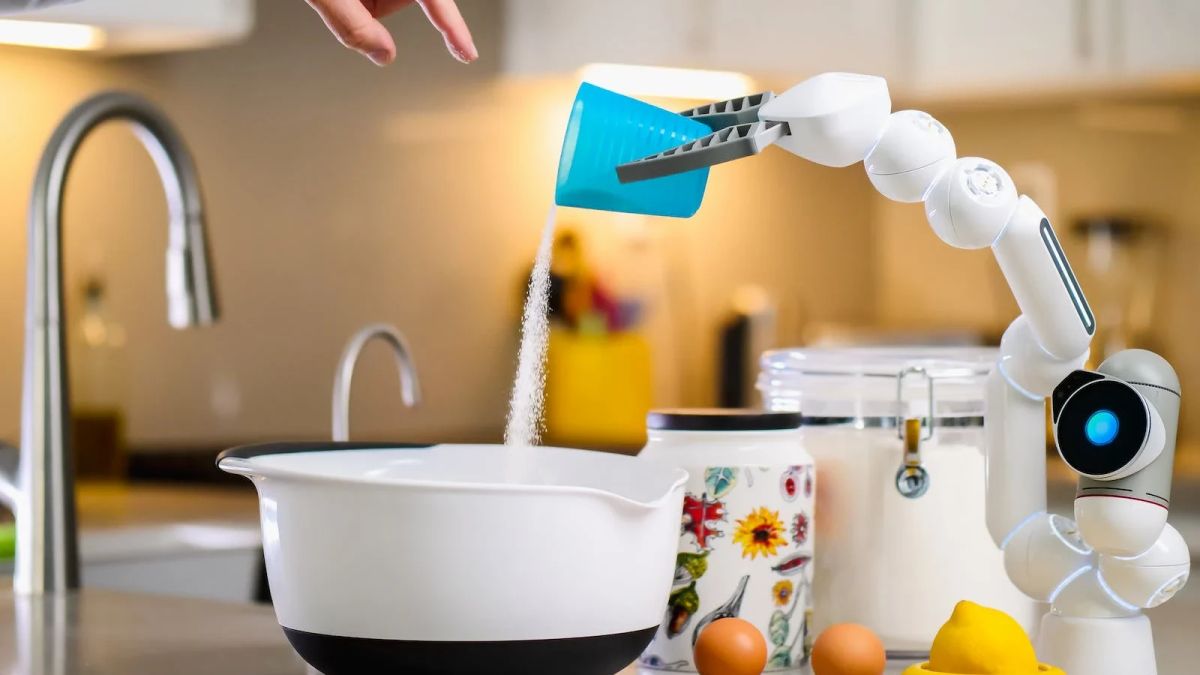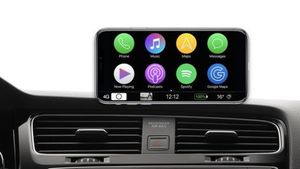JAKARTA - Recently, researchers at Cambridge University have programmed a machine to make food by following human steps.
Using advanced artificial intelligence, the robot can recognize any objects seen in any video scene, such as vegetables, hands, or knives, as well as how the object is used.
Over time, this robot can identify materials that are suitable for joint use, and can even show that a human chef has used the wrong amount of material.
Although chef robots have appeared in science fiction for decades, in reality, cooking is a complex challenge for a robot.
Several commercial companies have developed a prototype of the chef's robot, although it is currently not commercially available, and is still far behind the man's chef's ability.
"We want to see if we can train the chef's robot to learn the same way humans do, namely by identifying the ingredients and how to combine them in a dish. It's amazing how many nuances this robot can detect," said study author Grzegorz Sochacki, a doctoral student from Cambridge's Robotics Bio-Inspiration Laboratory, as quoted by the Daily Mail.
"Our robot is not interested in cooking videos that go viral on social media, because the video is too difficult to follow. However, when chef robots get better and faster to recognize the ingredients in cooking videos, they may be able to use sites like YouTube to learn various recipes," he added.
It is hoped that these findings, published in the journal IEEE Access, will simplify and reduce the cost of developing the chef's robot.
The researchers first made a "food book" containing eight simple salad recipes and recorded the manufacturing process.
The chef's robot is trained using a neural network, which basically mimics how the human brain works, and then watches 16 videos showing the salad-making process.
By recognizing the materials and actions taken by the human chef, this robot correctly identifies what is being prepared as much as 93 percent of the existing time.
The robot is also capable of detecting small variations in recipes, such as double the specified portion.
In addition, the robot is also able to recognize a new salad that has never been seen before, adding it to the robot's " food book", and then making the dish.
This research is partly supported by the Beko Plc and Engineering and Physical Sciences Research Council (EPSRC), which is part of the UK Research and Innovation (UKRI).
The English, Chinese, Japanese, Arabic, and French versions are automatically generated by the AI. So there may still be inaccuracies in translating, please always see Indonesian as our main language. (system supported by DigitalSiber.id)













